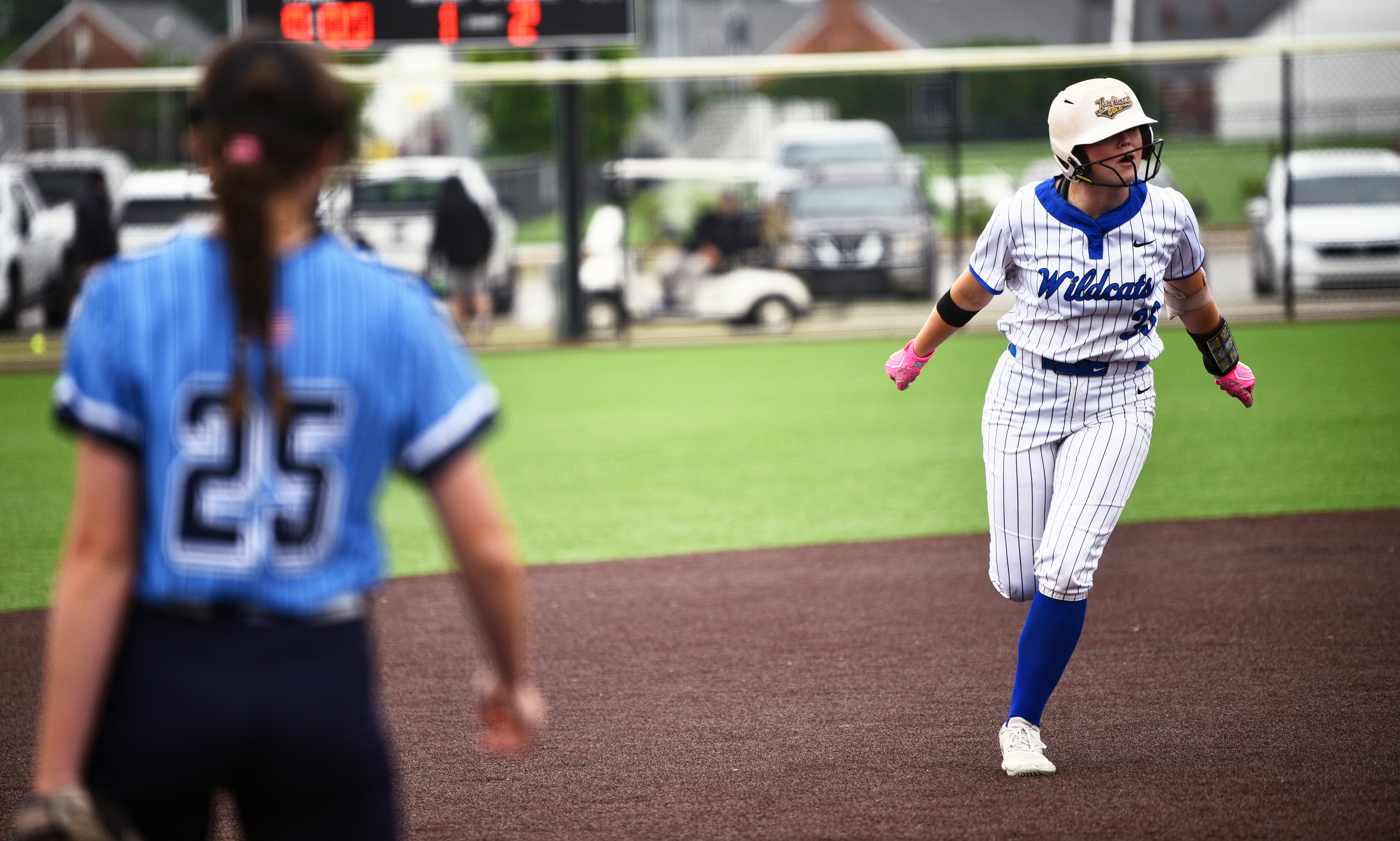Daisy Tibbs Dawson built bridge of peace between U.S., Japan
Published 5:45 am Monday, August 7, 2017

- Daisy Tibbs Dawson
The plane glided smoothly over the sprawling city. Down below, a young Japanese boy looked up, saw the plane and dreamed of one day becoming a pilot.
Slowly the bomb bay of the giant plane opened and 10,000 pounds of atomic death dropped from the sky. The bomb, named Little Boy, exploded in a mushroom cloud and 80,000 people died instantly in Hiroshima.
Four years later, in 1949, the people of Hiroshima were still suffering. A large number suffered from radiation sickness, and other injuries compounded by illness and malnutrition. In some cases skin was hanging from the bones of children and the elderly. Into this fray stepped Daisy Tibbs Dawson.
Tibbs was born in Toney and attended Trinity High School. There, she took classes from a diverse group of teachers, including a Japanese music instructor who was arrested on the campus of the school after the attack on Pearl Harbor.
Upon graduation in 1943, Tibbs went to Seattle and enrolled in the University of Washington.
As a student at the university she met Akiko Kurose, a Japanese-American student and Floyd Schmoe, a forest and ecology professor, who was committed to social justice, peace and anti-racism. Tibbs later became involved in an effort to repair Nisei homes on the weekend after the United States government ordered the evacuation of Japanese from King County, Washington, in 1942.
After graduating in 1948, Tibbs taught at a college in South Carolina. The next year, Professor Schmoe contacted her and asked her to join an interracial group to help build houses in Hiroshima as a way to spread peace in the bombed out city. She agreed and became part of a four-person group dedicated to promoting peace between citizens of the United States and citizens of Hiroshima.
The group arrived in Hiroshima in August 1949 and found few resources and supplies. Working in the Hiroshima Memorial Hospital, Tibbs witnessed firsthand the cruelty of war. She saw frail human bodies that were wracked by pain and suffering as a result of the bombing four years earlier.
“It was a shock when you got there,” she said in an interview. “You see all the devastation, people who were, you know, nothing but skins and bones.”
She also saw a city that had deteriorated to the point where all that was left were piles of rubble and a few framed buildings.
Along with her crew, Miss. Tibbs worked five days a week building houses, making nails from wooden pegs and giving comfort to the people whenever she could. She also walked back and forth to her job site and slept on the floor in the basement of a church that had been partially destroyed by the bomb.
At the end of three months she had assisted in building four houses and a garden as a symbolic shrine of peace.
After returning home, Tibbs married Leonard Dawson, raised a family and earned a master’s degree in education. She returned to education and served as a supervisory teacher, volunteer coordinator and education specialist.
In 1971, Mrs. Dawson became the program director of Seattle’s Head Start program. At a later date, she was appointed by Washington Gov. Daniel J. Evans to the state’s committee for early childhood education for children.
Dawson and others founded the “Houses for Hiroshima” project and built 21 homes between 1949 and 1953. Because of her contributions to the Japanese peace efforts in 1949, she was recognized and memorialized in the Hiroshima Peace Memorial Museum.
In a 2012 interview with Joe Copeland of Crosscut News, Dawson said she was grateful for the experience of seeing Japan, and that she had always kept her devotion to peace.
Mrs. Dawson, who died in 2013 at age 89, is another giant on whose shoulders all of us stand today.
— Walker, a retired lieutenant colonel, is the JROTC instructor at Austin High School in Decatur. He can be reached at James.Walker@dcs.edu.





